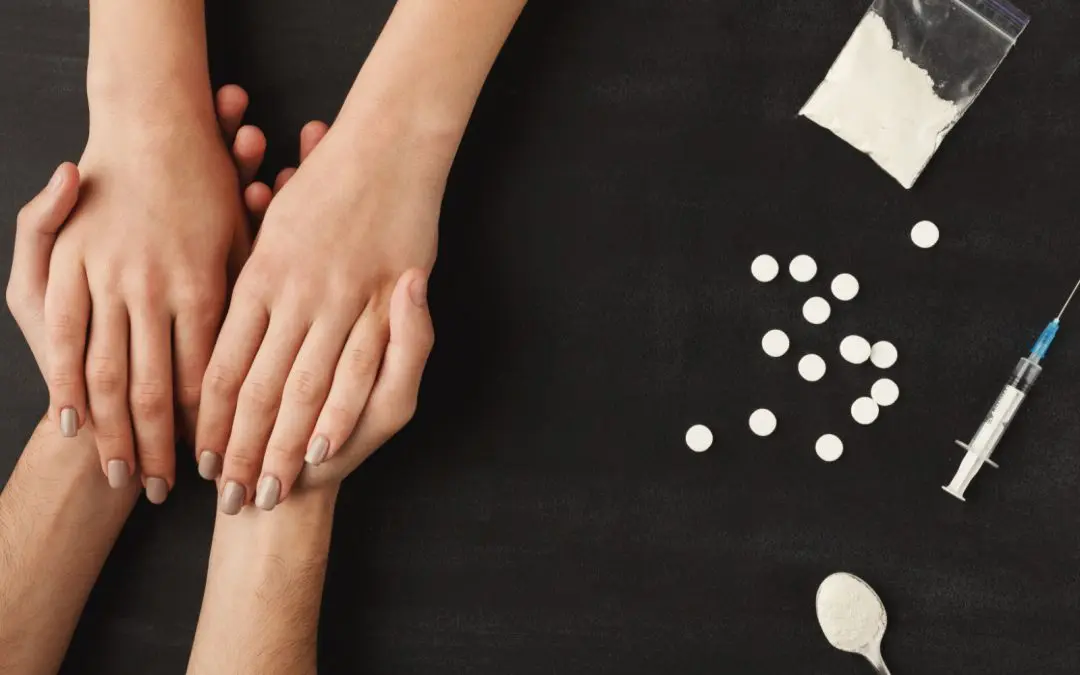24/7 Helpline:
(866) 899-221924/7 Helpline:
(866) 899-2219
Learn more about Codeine Rehab centers in Bumpus Mills

Other Insurance Options

Optum

GEHA

WellCare Health Plans

Humana

American Behavioral

Self-pay options

Highmark

Multiplan

Access to Recovery (ATR) Voucher

EmblemHealth

BlueShield

Medical Mutual of Ohio

Absolute Total Care

ComPsych

WellPoint

State Farm

Aetna

Private insurance
Beacon

United Health Care














